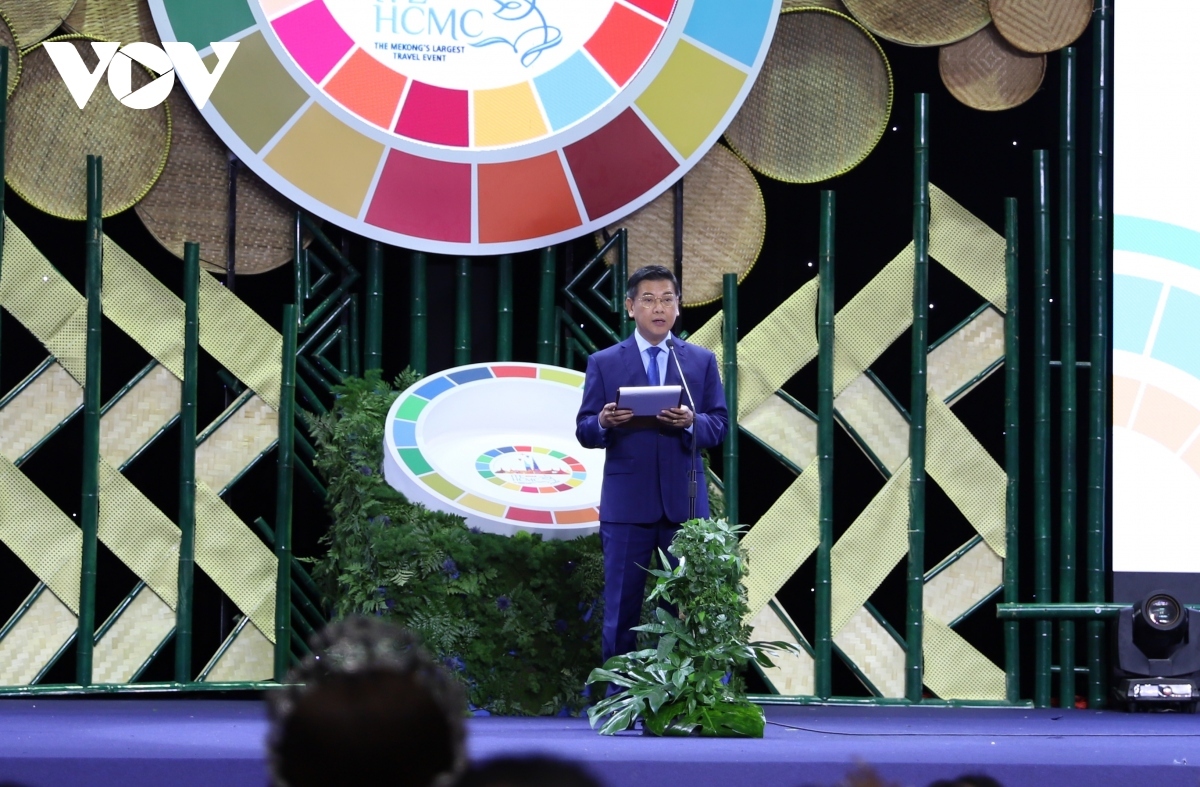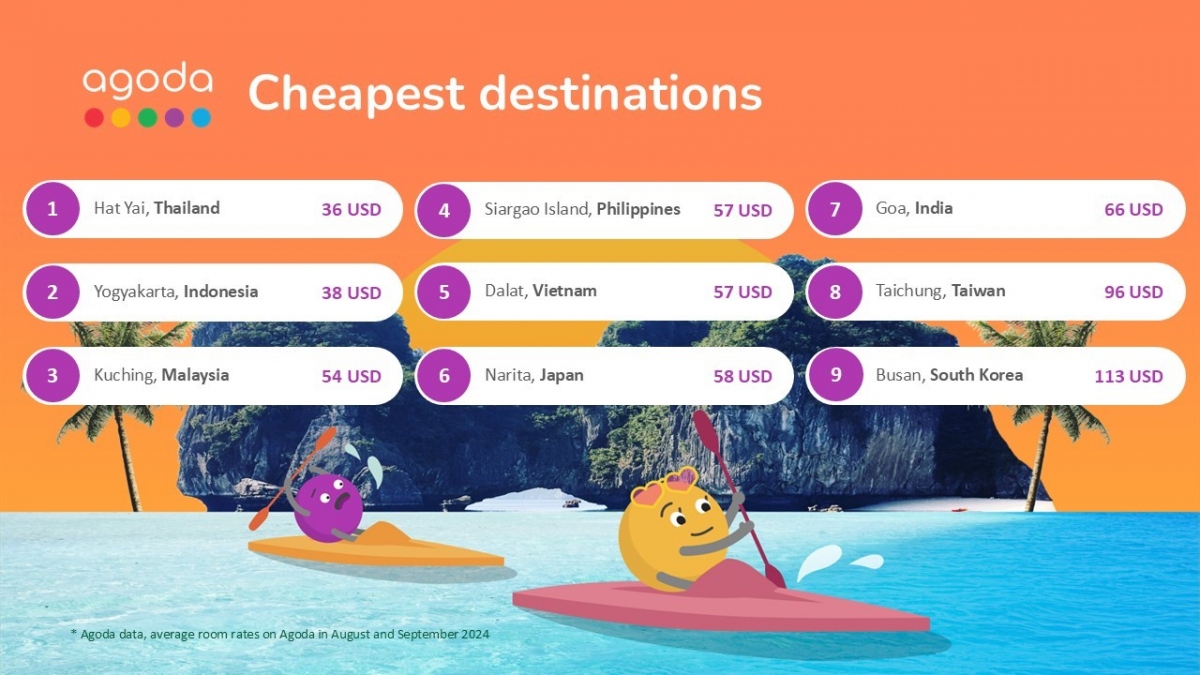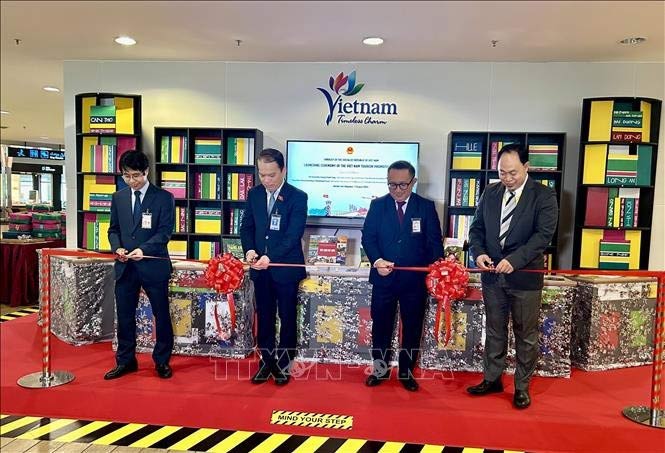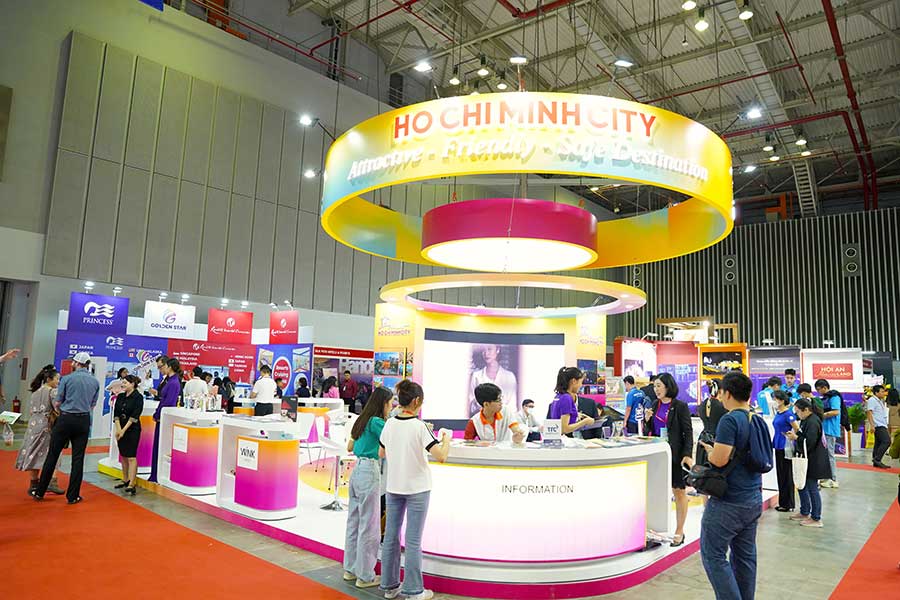|
With great opportunities and challenges from the Regional Comprehensive Economic Partnership, which has been in place for over three months, Vietnam has been taking drastic actions to protect local businesses and help them materialise windfalls from the deal.
|
|
Prime Minister Pham Minh Chinh has just asked ministries, agencies, and localities to take the initiative in revising legal regulations to benefit enterprises and people, given the fact that Vietnam is fulling commitments under many free trade agreements (FTAs), including the Regional Comprehensive Economic Partnership (RCEP) which took effect on January 1, 2022. The PM required that for the RCEP to fully benefit the economy, more actions must be taken so that enterprises can reap the rewards and shun possible risks caused by the deal’s member states applying non-trade barriers. For example, in Chapter 7, the RCEP boasts regulations on trade remedies, including several complicated technical issues such as the prohibition on the application of zeroing calculation method, public obligations disclosure of material facts and handling of confidential information in anti-dumping and countervailing investigations and specific commitments on transitional safeguards of the RCEP. To implement these regulations, and assist domestic firms in capitalising on the RCEP’s incentives as well as proactively protect domestic production during the implementation process, the Ministry of Industry and Trade (MoIT) promulgated Circular 07/2022/TT-BCT dated March 23, 2022, guiding the implementation of trade remedies of the RCEP. This circular covers four chapters with 15 articles and will take effect on May 8, 2022. In the coming time, the MoIT’s Trade Remedies Authority will coordinate with associations and localities to disseminate, guide and assist businesses in understanding the trade remedy provisions of the RCEP and Circular 07, protecting their legitimate interests in the process of joining the agreement. Further actions The RCEP was clinched in November 2020 by the ten ASEAN member states and five partner countries of the bloc including China, Japan, South Korea, Australia, and New Zealand. To concretise and implement the prime minister’s instructions on the full and effective implementation of the RCEP, the MoIT has released an implementation plan for the 2022-2026 RCEP. The plan focuses on three main tasks, namely building laws and institutions, advocating and disseminating information and enhancing competitiveness, while making effective use of the RCEP. The plan’s activities will be carried out in all localities nationwide. “The plan is aimed to ensure that ministries, sectors, and localities cooperate in implementing the plan under commitments of the RCEP, thereby maximising the opportunities and minimising the challenges brought about by the RCEP. This will help contribute to Vietnam’s international economic integration process, promoting the nation’s economic and social development, generating employment, and reducing poverty,” said MoIT Minister Nguyen Hong Dien. “Besides that, the plan also helps the programme formulate programmes for obtaining technical support from partner countries and to effectively carry out the RCEP using national budgets,” Dien said. In addition, a few weeks ago, PM Chinh enacted Decision No.328/QD-TTg designating contact points for the RCEP implementation. Specifically, in the field of trade in goods, the MoIT shall act as a contact point for provisions on import duties of the RCEP’s member countries, general provisions, and provisions on import and export management. Meanwhile, the Ministry of Finance shall act as a contact point for provisions on Vietnam’s import duty, and the Ministry of Agriculture and Rural Development shall act as a contact point for provisions related to agricultural products. As for the temporary movement of natural persons, the Ministry of Labour, Invalids, and Social Affairs shall act as a contact point for provisions related to the subjects stated in the Schedules of Specific Commitments on Temporary Movement of Natural Persons. The Ministry of Public Security shall act as a contact point for provisions related to licensing and processing of applications for entry. The Ministry of Finance shall be in charge of schedules for tariff commitments. Offering opportunities During the ASEAN Foreign Ministers’ Meeting Retreat held in Cambodia on February 16-17, 2022, all member states reiterated their commitment to “ensure full and effective implementation of the RCEP to establish an open trade and investment environment throughout the region to facilitate the expansion of regional trade and investment and advance economic cooperation, and broaden and deepen integration in the region through the RCEP, which will build upon our existing economic linkages.” “The foreign ministers have reaffirmed the importance of strengthening ASEAN economic integration and the intra-ASEAN trade, investment and supply chain connectivity to enhance the region’s competitiveness, connectivity and resilience as outlined in the ASEAN Economic Community Blueprint 2025,” said Prak Sokhonn, Deputy Prime Minister and Minister of Foreign Affairs and International Cooperation of Cambodia which acts as ASEAN chair in 2022. The RCEP facilitation measures are set to boost regional trade and economic cooperation among the 15 members, who are already the major traders in Asia and Oceania. Their total exports and imports in 2020 amounted to 5.5 trillion USD and 4.7 trillion USD, respectively, constituting about 70 percent of the combined trading activities of the two regions. According to the World Bank’s latest report on RCEP impacts, Vietnam is expected to register the highest trade and income gains among RCEP member countries. To estimate the economic and distributional impacts of RCEP in Vietnam, the bank formulated a baseline and four alternative scenarios – based on different circumstances. Specifically, exports and imports increase for all RCEP member countries under all RCEP scenarios. The expansion in trade is higher when the full scenario with productivity kick is assumed. Under this scenario, the markets undergoing a higher climb in exports include Vietnam (11.4 percent), Japan (8.9 percent) and Cambodia (6.5 percent), while imports increase significantly in Vietnam (9.2 percent), Philippines (7.2 percent), and Japan (6.4 percent). In the baseline, between 2020 and 2035, the average trade-weighted tariff imposed by Vietnam reduces from 0.8 to 0.2 percent, while the tariffs faced by the country shrink from 0.6 to 0.1 percent. “With the implementation of RCEP, the market for Vietnam will expand, particularly to China, where Vietnam does not currently possess any trade agreement. Gains in the productivity kick scenario are concentrated mostly in manufacturing sectors, particularly apparel, electrical equipment, and textiles,” the World Bank said. According to Fitch Solutions, when it comes to benefits for Vietnam, major export categories that are expected to benefit include agriculture, footwear, automobiles, IT, and telecommunications. The agreement will help Vietnam access large consumer markets, double the size of those covered in the Comprehensive and Progressive Agreement for Trans-Pacific Partnership (CPTPP). “As Vietnam moves to become a high-tech manufacturer, the RCEP can help local businesses raise exports and woo high-quality goods. Furthermore, Vietnam is set to benefit from growing demands for Vietnam’s exports like agriculture and fisheries products,” Fitch Solutions said. Figures from the MPI showed that as of March 20, 2022, Vietnam attracted 94.7 billion USD in registered investment capital from ASEAN member states, including Singapore (67.56 billion USD), Thailand (13 billion USD), Malaysia (12.85 billion USD), the Philippines (615 million USD), Indonesia (611.7 million USD), and Laos (71.1 million USD). Registered capital from the Republic of Korea, Japan, and China totalled 78.57 billion, 64.4 billion, and 21.96 billion USD, respectively. The respective figures from Australia and New Zealand hit 1.94 billion USD and 209.73 USD million. Southeast Asia is now Vietnam’s fourth-largest export market, with the export turnover totalling 24.7 billion USD in 2018, 25.3 billion USD in 2019, and 23.1 billion USD in 2020. The figure stood at 29.1 billion USD last year, a 25.8 percent year-on-year rise. In the first three months of 2022, it sat at 8 billion USD, up 18.3 percent year-on-year. Meanwhile, Southeast Asia is also Vietnam’s third-largest import market. The country’s import turnover from other member states was 32 billion USD in 2018, 32.1 billion USD in 2019, 30 billion USD in 2020, and 41.1 billion USD last year. The figure for the first three months of this year reached 11.3 billion USD, up 9.8 percent year-on-year. The Republic of Korea and Japan were Vietnam’s third and fifth trade partners, with 78 billion and 42.6 billion USD last year, respectively. The respective figures for the first three months of this year hit 22.2 billion and 11.1 billion USD. https://en.nhandan.vn/ |
- Home page
- Introduction
- Org chart
-
Website Link
- Đà Lạt - Kết tinh kỳ diệu từ đất lành
- Trung tâm XTĐT và Hỗ trợ doanh nghiệp tỉnh Sóc Trăng
- Trung tâm xúc tiến thương mại và du lịch Cà Mau
- Sàn giao dịch thương mại điện tử tỉnh Quảng Bình
- Trang thông tin điện tử xuất nhập khẩu và xúc tiến thương mại Lạng Sơn
- Website quảng bá thương hiệu "Đà Lạt - Kết tinh kỳ diệu từ đất lành"
- Lễ kỷ niệm 60 năm thành lập đô thị Sầm Sơn và Khai mạc Lễ hội du lịch biển năm 2023.
- Danh sách thủ tục hành chính tỉnh Lâm Đồng
- Cổng thông tin điện tử Xúc tiến Đầu tư, Thương mại, Du lịch tỉnh Bà Rịa – Vũng Tàu
- Introduction
- Functions, Duties, Authority and Organizational Structure of the Center
- Assign tasks in the Center's Board of Directors
- News
- Investment
- Industrial clusters
- Investment incentive policy
- Investment Procedure
- List of projects
- Trade
- Market News
- Fairs, Seminars
- Travel
- Hotel
- Travel Agency
- Business support
- Business
- Q&A















